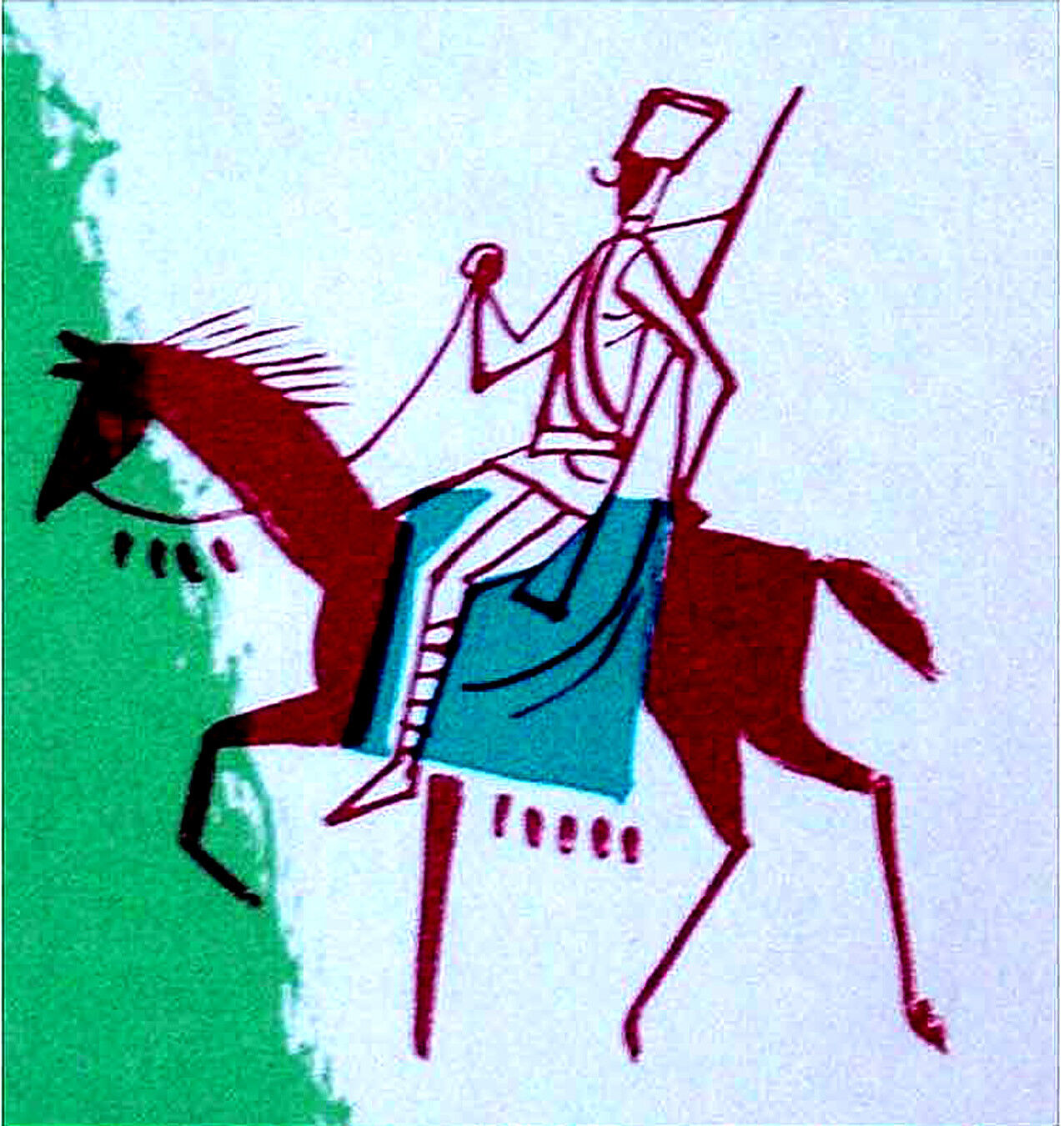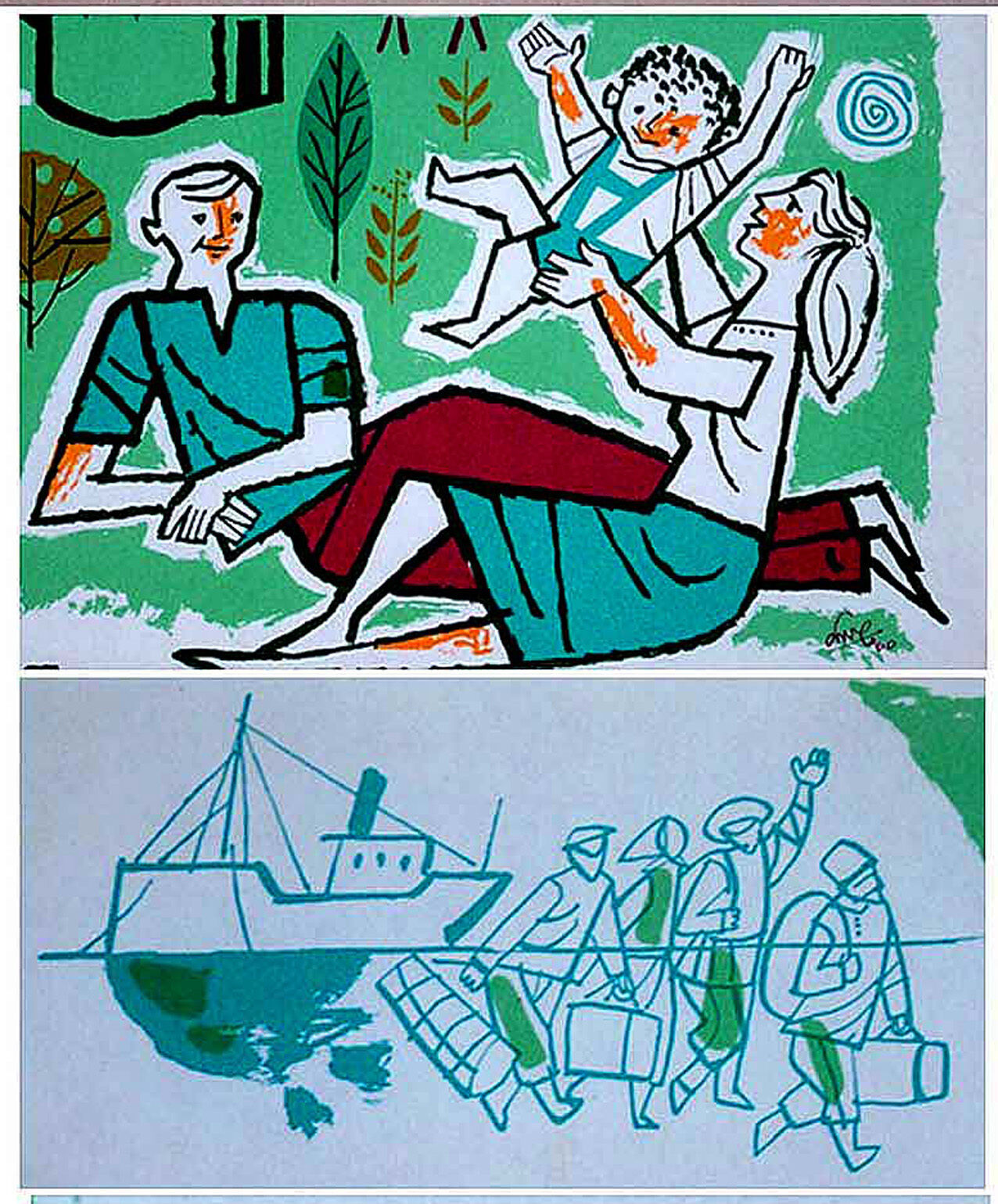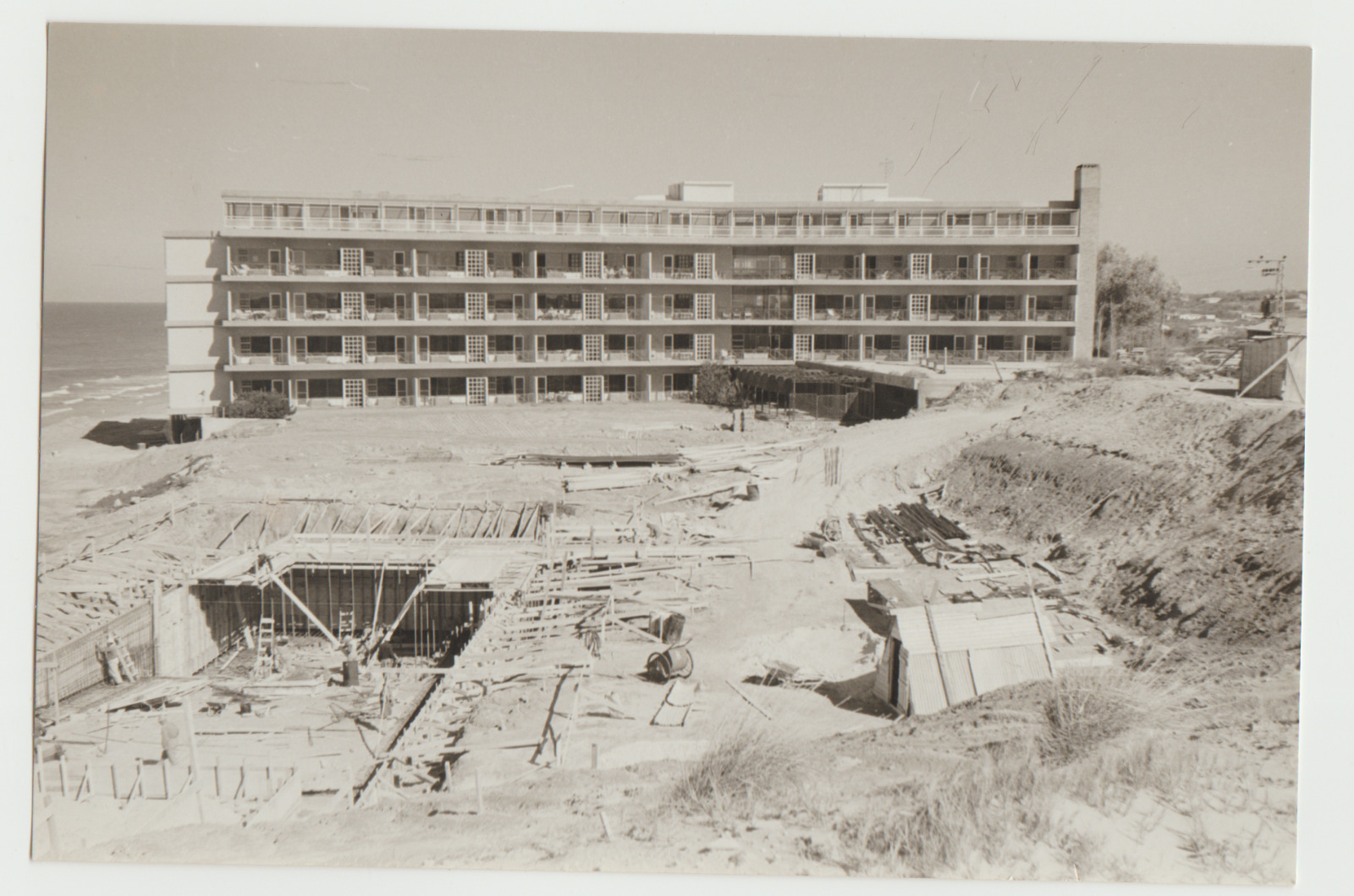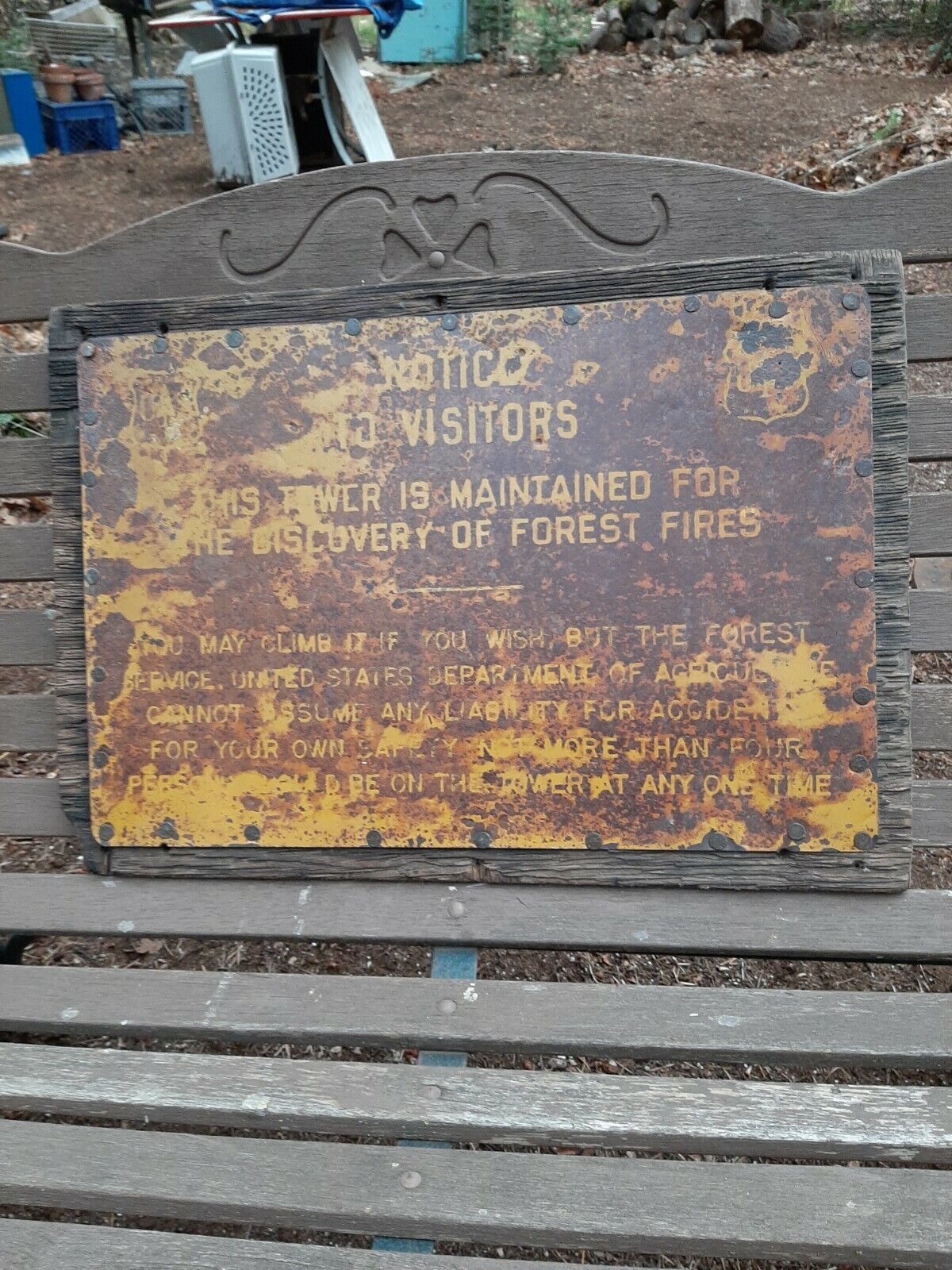-40%
1960 Litho POSTER Kibbutz DEGANIA Judaica HEBREW Israel GALILEE Jewish JNF KKL
$ 39.6
- Description
- Size Guide
Description
DESCRIPTION:
Here for sale is an ORIGINAL and VERY COLORFUL Hebrew lithographic POSTER , Which was issued in 1960 ( Dated ) , Over 54 years ago by the KKL - JNF ( Keren Kayemet Le'Israel - Jewish National Fund ) . It was meant to commemorate and celebrate the 50th year JUBILEE for the KIBBUTZ of DEGANIA . The Israeli renowned kibbutz artist SHMUEL KATZ has designed a colorful vivid collage of IKONS which represent the essence of Zionism : Aliya , Immigration, Settlement , Jewish defense , Choma Umigdal , The typical water tower ( Watchmen tower ) among others
. A most colorful PAINTED IMAGE of Judaica , ZIONIZM and ERETZ ISRAEL . Litho - Zincography printing by Ortzel. Katz' signature in the print as well as the date 1960. The poster SIZE is around 19" x 13" . Excellent PRISTINE condition.
( Pls look at scan for accurate AS IS images )
Will be sent roled inside a protective sealed rigid TUBE .
AVAILABLE ALSO IN HEBREW !!!
AUTHENTICITY
:
The poster comes from KKL- JNF old warehouse and is fully guaranteed ORIGINAL from 1960 ( Dated ) , NOT areproduction , It holds a life long GUARANTEE for its AUTHENTICITY and ORIGINALITY.
PAYMENTS
: Payment methods accepted : Paypal
& All credit cards
.
SHIPPMENT
: Shipp worldwide via registered airmail is $ 25 . Poster will be sent rolled in a special protective rigid sealed tube.
Handling around 5 days after payment.
Degania Alef (Hebrew:
דְּגַנְיָה א'
,
D'ganya Alef
) is a kibbutz in northern Israel. It falls under the jurisdiction of the Emek HaYarden Regional Council. Degania was Israel's first kibbutz. It was established in 1909.Degania Alef was the first kibbutz established by Jewish Zionist pioneers in Palestine then under Ottoman rule. It was founded by a group of ten men and two women. Degania Bet was established to the south in 1920. On May 20, 1948 during the Battles of the Kinarot Valley, Degania Alef and Degania Bet repelled a Syrian attack.he poet Rachel, the "prophet of labor" A.D. Gordon and Joseph Trumpeldor all worked at Degania Alef. Gideon Baratz was the first child born on the kibbutz and Moshe Dayan was the second. Dayan was named after Moshe Barsky, the first kibbutz member killed in an Arab attack. Barsky was killed in November, 1913. He was alone in the kibbutz fields when he was shot in the back and left for dead by Arab marauders.Both Deganias lie along the southern shores of the Sea of Galilee. In 1947 Degania Alef had a population of 380. During the 1948 Arab-Israeli war, the settlement was completely destroyed by the Syrian army. According to a 1949 book by the Jewish National Fund, the village was destroyed following attacks on the neighboring Jewish villages of Shaar Hagolan and Massada. The settlers resisted, however, and launched a counter-attack which help to recover the neighboring settlements. Reconstruction started almost immediately. The name is derived from "dagan," meaning "corn."
Degania Bet (Hebrew:
דְּגַנְיָה ב'
) is a kvutza or kibbutz in northern Israel. Located to the south of the Sea of Galilee adjacent to Degania Alef, it falls under the jurisdiction of Emek HaYarden Regional Council. In 2008 it had a population of 514.The village was founded in 1920 by immigrants from the Second Aliyah led by Levi Brevda (Levi Ben Amitai). It was the first planned kibbutz and was designed and built by the architect Korenberg. One of its founders was Levi Eshkol During the 1920 Palestine riots it was attacked and abandoned for several months.During the 1936-39 Arab revolt it served as a base for establishing tower and stockade settlements. During the Battles of the Kinarot Valley in the 1948 Arab-Israeli War the residents of Degania Alef and Bet succeeded in halting the advance of the Syrian army into the Jordan Valley.In addition to its 350 cow dairy herd, crop fields, almond orchards, banana, date and avocado plantations, Degania Bet industrialized in the 1960s with Degania Sprayers, now a green industry; in 1984 it opened the Degania Silicone factory. An additional source of income is its kibbutz cottage tourist accommodation, and it specializes in organized bicycle tours.Notable residents include Michael Kolganov, a bronze medalist in rowing at the 2000 Summer Olympics. A kibbutz (Hebrew:
קִבּוּץ
/
קיבוץ
, lit. "gathering, clustering"; plural
kibbutzim
) is a collective community in Israel that was traditionally based on agriculture. The first kibbutz, established in 1909, was Degania.
Today, farming has been partly supplanted by other economic branches, including industrial plants and high-tech enterprises.Kibbutzim began as utopian communities, a combination of socialism and Zionism. In recent decades, some kibbutzim have been privatized and changes have been made in the communal lifestyle. A member of a kibbutz is called a
kibbutznik
(Hebrew:
קִבּוּצְנִיק
). In 2010, there were 270 kibbutzim in Israel. Their factories and farms account for 9% of Israel’s industrial output, worth US billion, and 40% of its agricultural output, worth over .7 billion.Some Kibbutzes had also developed substantial high-tech and military industries. For example, in 2010, Kibbutz Sasa, containing some 200 members, generated 0 million in annual revenue from its military-plastics industry The Jewish National Fund (Hebrew:
קרן קימת לישראל
,
Keren Kayemet LeYisrael
) (abbreviated as JNF, and sometimes KKL) was founded in 1901 to buy and develop land in Ottoman Palestine (later British Mandate for Palestine, and subsequently Israel and the Palestinian territories) for Jewish settlement. The JNF is a quasi-governmental, non-profit organization.By 2007, it owned 13% of the total land in Israel. Since its inception, the JNF has planted over 240 million trees in Israel. It has also built 180 dams and reservoirs, developed 250,000 acres (1,000 km
2
) of land and established more than 1,000 parks.In 2002, the JNF was awarded the Israel Prize for lifetime achievement and special contribution to society and the State of Israel. 2714a



















